Credit where credit is due:
This project is based on the automatic "pass/fail" transistor matching circuit by the late and much lamented Ray Wilson.
Which, in turn, was based on the transistor matching circuits developed by Bob Moog, who needs no introduction.
If it turns out that my only innovation in this project was "have a microcontroller do it," well, maybe that's enough.
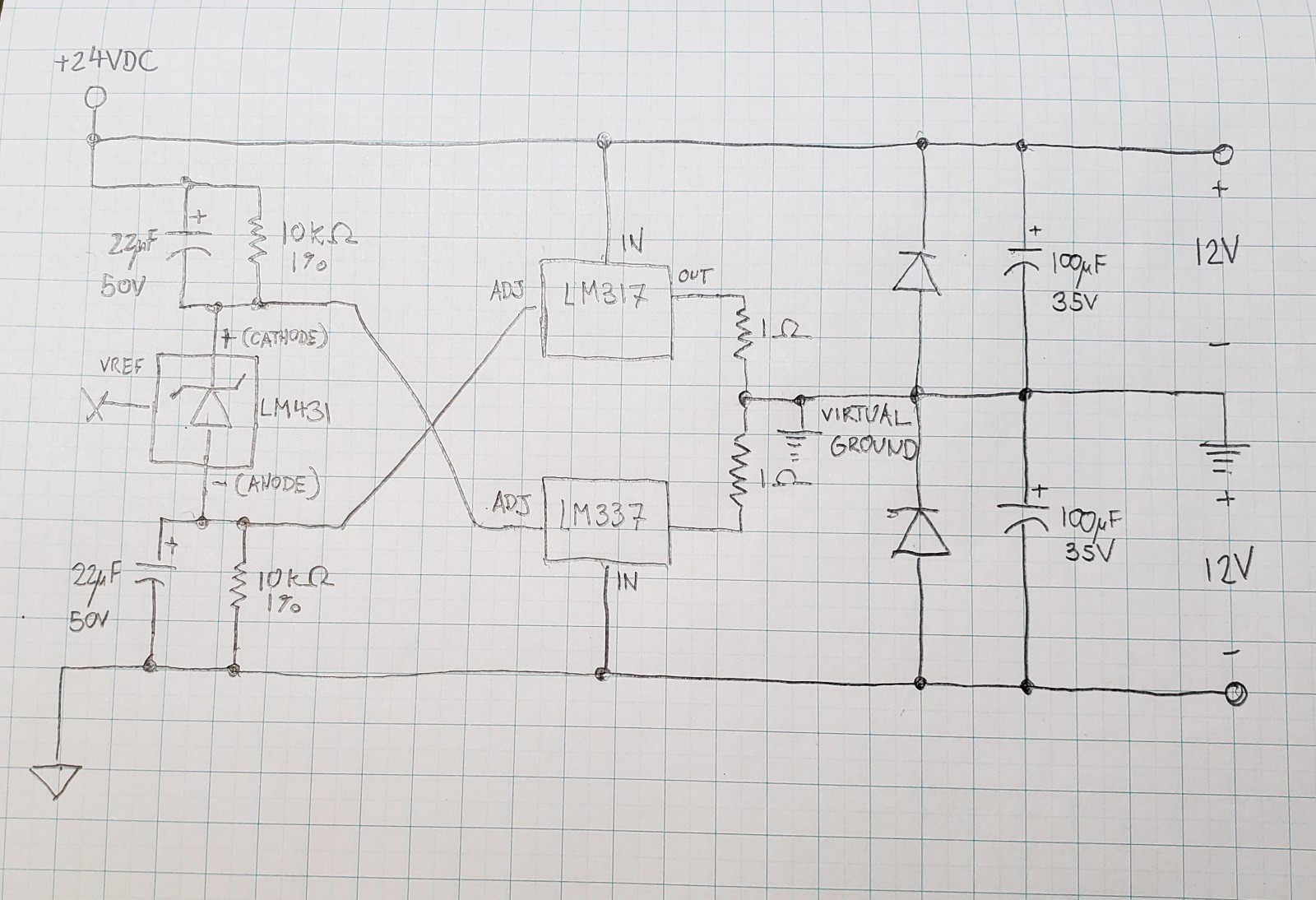
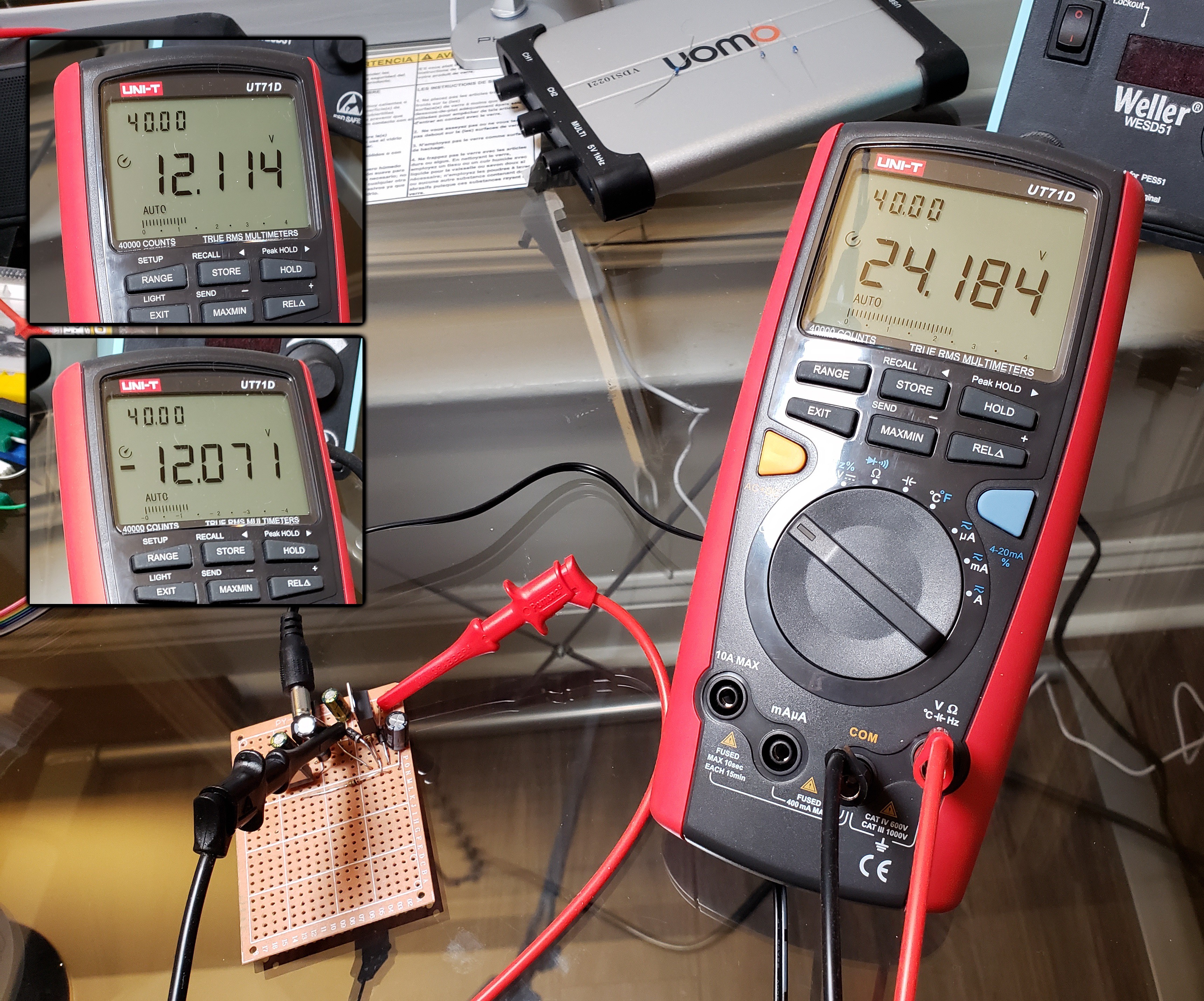

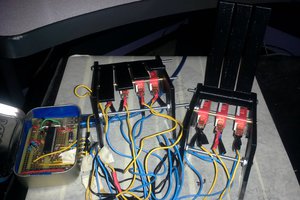
 Desreverteg
Desreverteg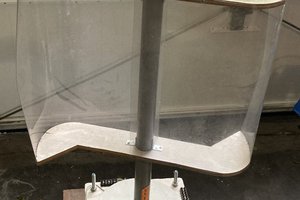
 bigbat
bigbat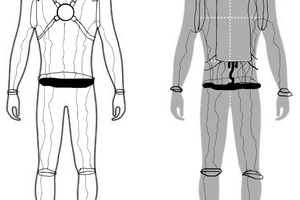
 Adam Jensen
Adam Jensen
 Peter Walsh
Peter Walsh